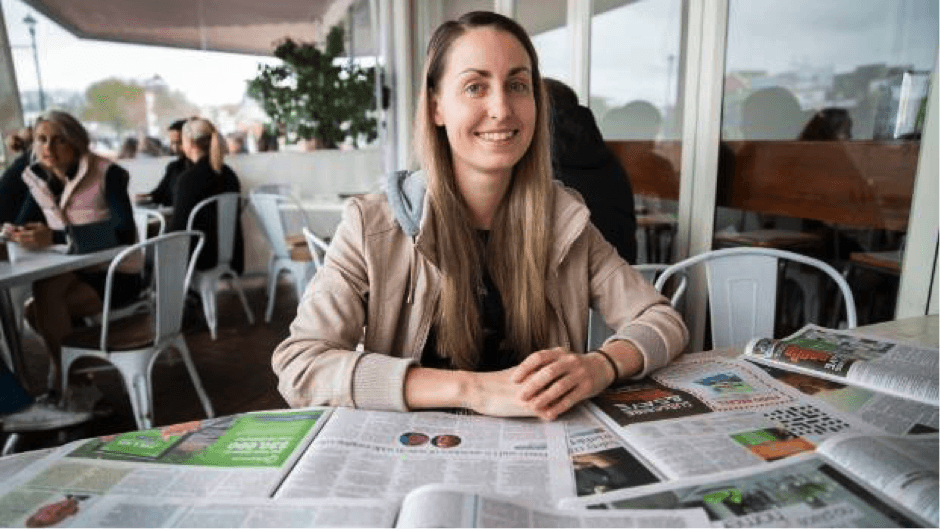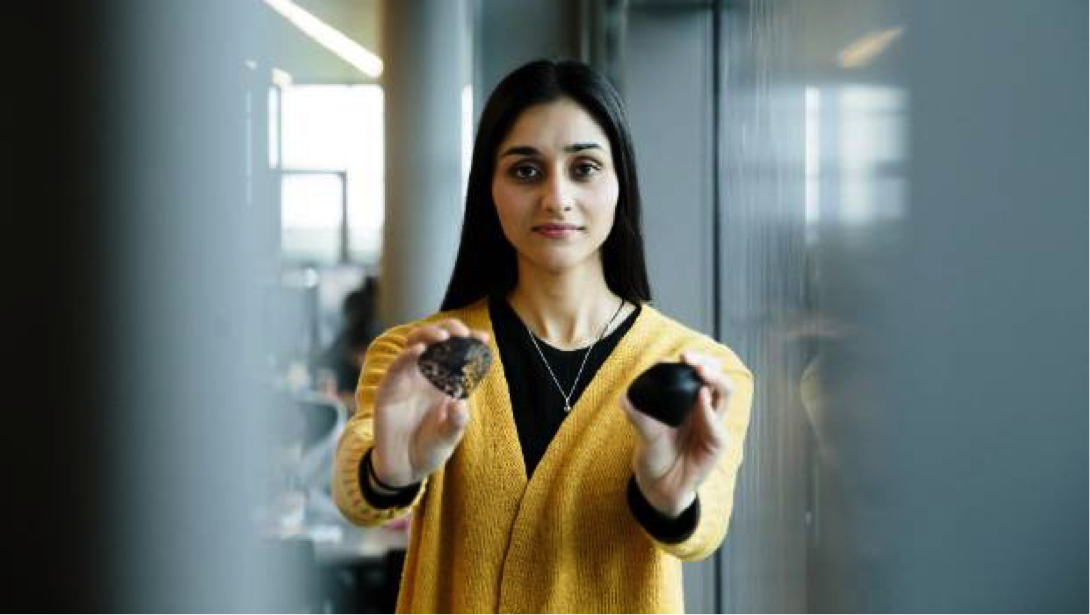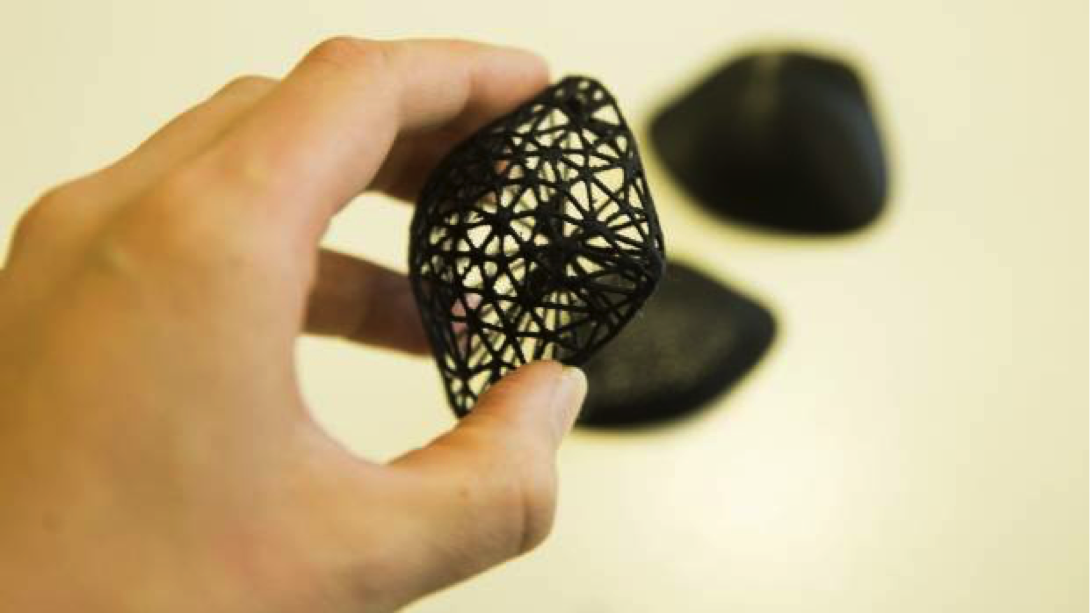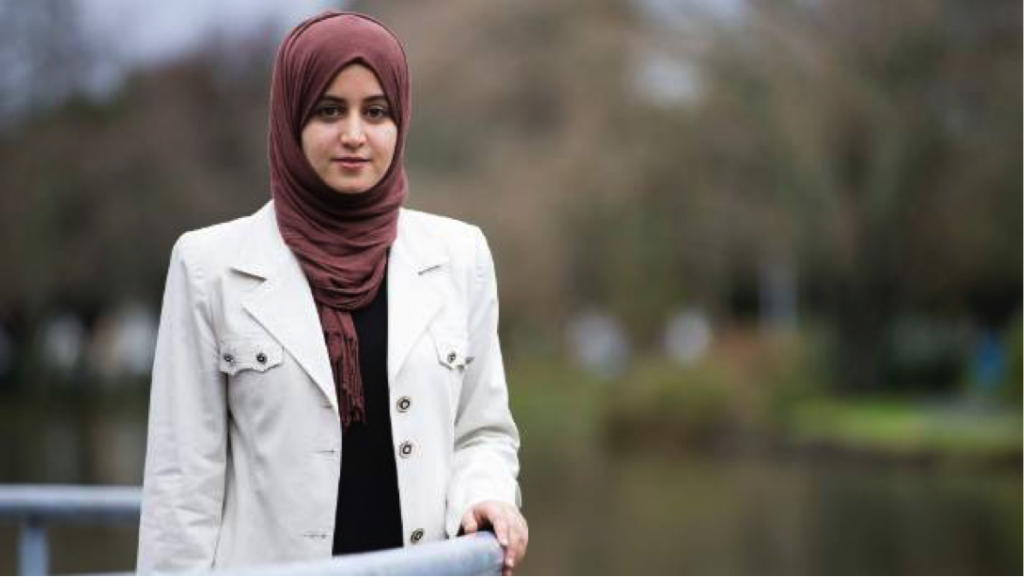Recipient Stories
Are honey bees good for our native species?
Excerpt from an article by Farah Hancock, Newsroom, 11 March 2019
New Zealand’s honey bee population has exploded in recent years and increasingly beehives are being placed on public conservation land. Farah Hancock reports on the introduced species' effect on our native flora and fauna.
Rachel Nepia wants people to imagine native forest as a dinner table filled with pollen and nectar from natives plants. Guests seated at the table are indigenous birds, moths, lizards and our native bees and flies.
There's also a visitor from abroad at the table, the honey bee.
With the help of the Lucy Cranwell Grant fund the Waikato University PHD student has been researching what effect introduced honey bees are having at the native forest dinner table.
“We’re not really sure what their table manners are like. How they’re going to interact with other guests at the table, or how much food they’re going to consume,” said Nepia.
She also wants to understand if honey bees are dining out on the sweet nectar of native flowers without doing the important task of spreading pollen.
Her research comes at an important time.
Introduced in 1839, the number of honey bees hives in New Zealand has skyrocketed to over 800,000. In the 2016/17 period, pure honey exports earned $329 million. Despite this, little research has been done to understand honey bees' effect on New Zealand’s ecosystem.
More than 25,000 hives are on Department of Conservation (DOC) land, and a 2015 review of what conservation land might be suitable for hives found capacity for up to 500,000 hives.
There are controls over how many hives are in one site and each application is assessed individually, however, the dearth of knowledge makes it hard to know what the true impact is, or whether they pose a risk and transport disease, like myrtle rust from plant to plant.
Nepia’s research focused on two plants, the tāwari and kāmahi, to understand how introduced honey bees are interacting with plants and other creatures, and if there’s enough food for the natives and the honey bees.
She’s still crunching the numbers on the data she gathered over two summers of fieldwork but already there are interesting results.
To read the full article go to
https://www.newsroom.co.nz/2019/03/11/478899/the-table-manners-of-honey-bees
Rachel received a WGW Educational Trust Merit Award for Doctoral Study in 2017
The use of Māori language accelerating in newspapers
Jo Lines-MacKenzie, Waikato Times, September 13 2018

Kiwis are using and reading more Māori words than a decade ago, according to a study of what's in our newspapers.
Waikato University linguistics student Katie Levendis' master's study looked at newspapers in the North Island from 2008- 2017 and tracked Māori loan words - Māori words used in New Zealand English.
Previous analysis in the 1990's saw about six Māori loan words per 1000 words. By 2006 that had increased to 7.7 words.
Now there are 35 Māori loan words per 1000 in the newspaper data provided.
The most frequently used word, unsurprisingly, is Māori.
"In every piece of research that has been done, it is always Māori, and it is always by a significant margin. I think part of the reason is that people don't consider Māori to be a Māori word."
The next most popular was te reo, with the rest of the top 10, in order: iwi, reo (no preceding 'te'), whānau, marae, kapa haka, pākehā, Kiwi and kia ora.
The phrase 'Māori Language Week' increased slightly over the 10-year period, but more notably, 'te wiki o te reo Māori' had a clear and significant increase in use.
"This shows the former phrase is well established in New Zealand English, while the occurrence of 'te wiki o te reo Māori' has gained acceptance in recent years and will probably become more common in future," Levendis said.
"It is still often translated into English, but Māori Language Week isn't usually translated into Māori. So one form is being used way more, while the English version is staying the same."
Another part of the research for Levendis was examining whether words are translated into English for readers.
She found that, of those studied, which did not include Stuff publications, the Rotorua Daily Post used the most Māori words. However, it also translated the most words from Māori to English.
"If they are translated, we can assume that the author thinks they are not commonly known by the audience. Sometimes words are being translated where you would not expect them to be. "
"If somebody translates the word marae, that is a little bit unusual, as it is quite common. So we can track the authors' perceptions of what is widely known.
"Using Maori in English makes the Kiwi language so distinct, New Zealanders almost take it for granted."
Katie received a WGW Educational Trust Masters Study Award in 2018.
Bioprinting offers hope of new treatment paths for cancer patients
Aaron Leaman, Waikato Times, Aug 22 2018

Pioneering research at Waikato University could eventually lead to cancer tumours being treated outside patients' bodies.
Masters student Shalini Guleria is about to start using commercially available cancer cells to create three dimensional models of breast cancer tumours.
The 3D models will be created using the university's bioprinter.

Guleria is currently growing the cancer cells, known as MCF-7.
The cells originate from a 69-year-old nun who died in 1970. Her cells have been used extensively in breast cancer research.
Guleria hopes her studies could lead to more effective treatments for women with breast cancer.
To date she's created 3D models of small breasts using plastic. Soon she'll move to using cancer cells mixed with a binding material like hydrogel.
"Currently the easiest way to do pharmaceutical tests on cancer cells is using 2D models which is basically a petri dish where the cells stick to the bottom of the dish and you analyse them. But humans are three dimensional and 2D doesn't really present an actual human tumour," Guleria said.
"With a 3D bioprinter, we can give cells a 3D environment and analyse how the cells interact with each other. Once we get the tumours made, we can slice them into sections and use a confocal microscope to study them."
Guleria's research will study how fast cancer cells grow in a 3D model compared to a 2D model.
"In the future what could happen is if someone has breast cancer, we could take their tumour cells and print out a tumour and try out different drugs on it and see which treatments work and what works best for the patient. It's all about making treatment more patient specific."
Guleria is studying for a Master of Science with a focus on tissue engineering. She balances her studies with a 30-hours-a-week job at the Wallace Corporation.
Guleria's interest in cancer research dates back to when she was at high school and a close friend was diagnosed with leukemia.
"She was only 17 and passed away a year after her diagnosis. I was always interested in medical science but when that happened it really hit me and to grieve I went crazy into cancer research."
Guleria's research is being supervised by Waikato University senior lecturer Dr Linda Peters. Masters student Andrew Howard helped set up the bioprinter.
Dame Jocelyn Fish Award recipient Alaa Abuellif
Hamilton Press July 26, 2017

Before Alaa Abuellif received a scholarship, she was travelling three hours on a bus each day.
The second-year Waikato University student was living in Tokoroa and had to rely on public transport to travel to the university grounds in Hamilton.
Since receiving the Dame Jocelyn Fish Award, Abuellif has moved into a hall of residence on campus, a step closer to becoming a software engineer.
The award not only provides Abuellif with a place to stay, but also makes studying a little easier.
"In engineering we have evening classes and classes that start earlier, and the bus only runs from 9am to 5pm, so I was missing many classes.
I had been doing tests ahead of my class, which meant they [other students] would have a better chance than me.
They might have an extra five, six or seven hours to study, but I was so limited, and I did the tests within the day when I was just getting out of a lecture. It was so stressful," Abuellif said.
"And for the lectures, I stayed from 9am to 5pm everyday at uni. Add to that, the hour and a half coming and going back home, it is three hours' bus time.
And after I went home, I had to watch the lectures I missed. Sometimes I was really tired that I couldn't even concentrate."
The $1000 Dame Jocelyn Fish Award is offered to women students in the Waikato/Bay of Plenty region who are enrolled full-time in a first degree programme in a non-traditional field for women.
It was granted to Abuellif by the Waikato Graduate Women Educational Trust.
The 21-year-old said software engineering has always been a career pioneered by men. In her class, 80-90 per cent of her fellow students are men, she said.
"I think women are just not encouraged to pursue it, for some reason. It's advertised as being male-dominated, that's why some women avoid it.
It doesn't seem like a friendly environment for women," Abuellif said.
"Girls do computer science more than software engineering. They think software engineering is too difficult, and it is to a certain degree, but it's really interesting.
If you like coding, why would it matter? If you like math and coding, then it's the best degree."